Duplicate Attribute Resiliency in Microsoft Entra ID addresses conflicts caused by duplicate UserPrincipalName (UPN) and SMTP ProxyAddress attributes during synchronization. These attributes must remain unique across all User, Group, and Contact objects within a Microsoft Entra tenant.
UPNs and Their Scope:
- UPNs are specific to Users only, not Groups or Contacts.
Purpose of Duplicate Attribute Resiliency:
- Resolves attribute conflicts automatically in the cloud during the synchronization process.
- Reduces the manual intervention required to fix such issues.
Client-Agnostic Implementation:
- The feature operates within the cloud sync pipeline.
- It works seamlessly across synchronization tools such as:
- Microsoft Entra Connect
- DirSync
- Microsoft Identity Manager (MIM) + Connector
“Sync Client” Terminology:
- Refers generically to any synchronization product used to manage these attributes.
Current Behavior of Duplicate Attribute Management in Microsoft Entra ID
When managing objects with UserPrincipalName (UPN) or ProxyAddress attributes, Microsoft Entra ID enforces a uniqueness constraint to prevent conflicts. Here’s how it currently handles violations:
Provisioning New Objects:
- If a new object (User, Group, or Contact) is provisioned with a UPN or ProxyAddress that conflicts with an existing value:
- Action Taken: The creation is blocked by Microsoft Entra ID.
- Result: The object is not created.
- If a new object (User, Group, or Contact) is provisioned with a UPN or ProxyAddress that conflicts with an existing value:
Updating Existing Objects:
- If an update introduces a duplicate UPN or ProxyAddress:
- Action Taken: The update fails.
- Result: The change is not applied.
- If an update introduces a duplicate UPN or ProxyAddress:
Sync Client Behavior:
- The sync client (e.g., Microsoft Entra Connect, DirSync, or MIM) retries the failed provisioning or update attempt during each export cycle.
- Outcome: The operation continues to fail until the conflict is manually resolved.
Error Handling:
- An error report email is generated for each failed attempt.
- The sync client logs the error, providing details for administrators to identify and address the issue.
This behavior can create administrative overhead, as conflicts must be manually resolved before the affected objects can be successfully synchronized.
Behavior
With the introduction of Duplicate Attribute Resiliency, Microsoft Entra ID adopts a more flexible approach to handling conflicts involving duplicate attributes. Instead of failing to provision or update an object with a duplicate attribute outright, the service quarantines the conflicting attribute. For attributes required for provisioning, such as UserPrincipalName (UPN), the service assigns a placeholder value in the format <OriginalPrefix>+<4DigitNumber>@<InitialTenantDomain>.onmicrosoft.com.
This ensures that the object can still be provisioned without violating the uniqueness constraint.
The resiliency process is specifically designed to manage UPN and SMTP ProxyAddress values. For non-essential attributes, such as a ProxyAddress, the service quarantines the conflicting value but allows the object creation or update to proceed. This eliminates disruptions in the provisioning process while still flagging the conflict for review.
When a conflict is quarantined, Microsoft Entra ID includes information about the issue in the error report email. However, unlike the old behavior where conflicts were repeatedly logged, the new process logs the conflict only once, at the time of quarantine. Since the export operation is considered successful, the sync client does not log additional errors or retry the operation in subsequent synchronization cycles.
To support this behavior, a new attribute, DirSyncProvisioningErrors, has been introduced in the User, Group, and Contact object classes. This multi-valued attribute stores details about the conflicting attributes that were quarantined. Microsoft Entra ID also runs a background timer task every hour to identify and resolve conflicts. When a duplicate attribute conflict is resolved, the service automatically removes the quarantined attribute, restoring the original values without further intervention.
Enabling Duplicate Attribute Resiliency
Duplicate Attribute Resiliency is the default behavior for Microsoft Entra tenants, providing streamlined conflict handling for duplicate attributes. This feature has been automatically enabled for all tenants that activated synchronization for the first time on or after August 22, 2016. For tenants using synchronization before this date, the feature was rolled out in batches starting in September 2016. Microsoft sent email notifications to the technical notification contact of each tenant with the specific activation date.
Once enabled, Duplicate Attribute Resiliency cannot be disabled. To check if this feature is active for your tenant, use the latest version of the Azure Active Directory PowerShell module and run the following commands:
Get-MsolDirSyncFeatures -Feature DuplicateUPNResiliencyGet-MsolDirSyncFeatures -Feature DuplicateProxyAddressResiliency
Previously, administrators could enable this feature proactively using the Set-MsolDirSyncFeature cmdlet, but this is no longer supported. To test the feature, you now need to create a new Microsoft Entra tenant.
Important Notes on PowerShell Modules
The Azure AD and MSOnline PowerShell modules are deprecated as of March 30, 2024. After this date, these modules will receive only security fixes and migration support to the Microsoft Graph PowerShell SDK. Full functionality will continue until March 30, 2025, but disruptions may occur in versions 1.0.x of MSOnline after June 30, 2024.
To ensure uninterrupted management of Microsoft Entra ID, migration to the Microsoft Graph PowerShell SDK is recommended.
Know Objects with DirSyncProvisioningErrors
To identify and resolve objects with DirSyncProvisioningErrors due to duplicate property conflicts in Azure AD, you can use the Azure Active Directory PowerShell cmdlets. Here’s how you can approach this step-by-step:
1. Prerequisites
- Install the Azure Active Directory PowerShell Module (MSOnline module).
- Ensure you have the credentials for a tenant administrator.
2. Connect to the Service
Run the following command to connect to your Azure AD service:
You will be prompted to enter your tenant administrator credentials.
3. View Provisioning Errors
The primary cmdlet to retrieve provisioning errors is:
This retrieves a list of all provisioning errors in the tenant caused by property conflicts.
4. Refine Your Search
a. Filter by Property Type
To filter errors by a specific property type, use the Where-Object cmdlet. For example, to find errors related to the “UserPrincipalName” property:
b. Filter by Conflicting Value
To find errors caused by a specific conflicting value, filter using the ConflictObjectValue property. For example:
c. Search by String
If you want to search for errors matching a specific string in the error details:
d. Sort Results
To sort the errors, use the Sort-Object cmdlet. For instance, sorting by PropertyName:
e. Limit or Show All Results
To limit the number of errors retrieved or display them all, use Select-Object. For example, to see the top 10 errors:
5. Resolve the Errors
Once you identify the objects with conflicts:
- Review and resolve duplicate property values in your on-premises directory.
- Correct the conflicting attributes, such as
UserPrincipalName,ProxyAddresses, orObjectId.
After resolving the issues, ensure the changes sync to Azure AD by running:
6. Additional Notes
- The cmdlets are case-sensitive, so ensure you provide accurate property names and values.
- The
-ErrorCategoryparameter currently only supportsPropertyConflictbut may include other categories in the future.
Using these methods, you can effectively identify and manage DirSyncProvisioningErrors in Azure AD.
Accessing the Sync Errors Report
- Sign in to the Microsoft 365 admin center with your tenant administrator credentials.
- In the left navigation pane, select Health > Directory sync status (or search for “Directory sync status” in the search bar.
Scope of the Report
- The sync errors report only includes User objects with errors.
- It does not display conflicts involving:
- Groups
- Contacts
For errors related to these other object types, you’ll need to use Azure AD PowerShell or other diagnostic tools.
Viewing and Interpreting Errors
- The report lists users with synchronization issues caused by duplicate property conflicts or other directory sync issues.
- For each user:
- The conflicting property (e.g.,
UserPrincipalName,ProxyAddresses) is identified. - Details about the nature of the conflict may be included, such as duplicate values or invalid formats.
- The conflicting property (e.g.,
Use Azure AD PowerShell for Comprehensive Details
If you need insights about conflicts involving Groups, Contacts, or other object types:
- Use the
Get-MsolDirSyncProvisioningErrorcmdlet in Azure AD PowerShell
- Monitor Error Reports Regularly: Ensure Technical Notification contacts review these emails promptly.
- Maintain Attribute Hygiene: Regularly audit and clean up attributes in your source directory to prevent future conflicts.
- Document Resolutions: Track resolved issues and their root causes to prevent recurrence.
Known Issue From Microsoft
Core Behavior Issues
These issues do not cause data loss or service degradation but may require additional manual intervention.
a. Export Errors Instead of Attribute Quarantining
- Example Scenario:
- A new user in AD is created with:
- UPN =
Joe@contoso.com - ProxyAddress =
smtp:Joe@contoso.com
- UPN =
- A Group already exists with:
- ProxyAddress =
SMTP:Joe@contoso.com
- ProxyAddress =
- Upon export, a ProxyAddress conflict error is thrown.
- A new user in AD is created with:
- Behavior:
- The conflicting attribute (
ProxyAddress) is not quarantined. - The error retries on every sync cycle, similar to pre-resiliency behavior.
- The conflicting attribute (
- Resolution:
- Manually resolve the conflict in the source directory by ensuring unique attributes before reattempting synchronization.
b. Duplicate ProxyAddresses for Groups
- Example Scenario:
- Two Groups are created on-premises with the same SMTP address.
- Behavior:
- One Group fails provisioning with a standard duplicate ProxyAddress error on the first attempt.
- The conflicting value is quarantined during the next sync cycle.
- Resolution:
- Allow the next sync cycle to complete.
- Validate that the duplicate value is quarantined and address the conflict in the source directory.
Office Portal Report Issues
The Office Portal Report may display inaccuracies or confusing details related to UPN conflicts.
a. Identical Error Messages for UPN Conflicts
- Behavior:
- When two objects are in a UPN conflict set, both display the same error message indicating a UPN change/quarantine, even if only one object’s data was altered.
- Impact:
- Causes confusion about which object has been modified.
- Workaround:
- Cross-reference error details with Azure AD PowerShell (
Get-MsolDirSyncProvisioningError) to confirm which object experienced a change.
- Cross-reference error details with Azure AD PowerShell (
b. Incorrect Display Name in UPN Conflict Error
- Example Scenario:
- User A syncs with UPN =
User@contoso.com. - User B syncs with UPN =
User@contoso.comlater, causing a conflict. - User B’s UPN is changed to
User1234@contoso.onmicrosoft.com, but the error message displays User B’s own display name instead of referencing User A.
- User A syncs with UPN =
- Impact:
- Misleads administrators into thinking the conflict originated with User B.
- Workaround:
- Validate conflict details using PowerShell or error reports for additional clarity.
Recommendations
- Audit Attributes: Regularly review on-premises objects for duplicate or conflicting attributes.
- Use PowerShell: Leverage Azure AD PowerShell for accurate diagnostics and detailed error analysis.
- Wait for Next Sync Cycle: For issues that are self-resolving (e.g., quarantining duplicates), allow time for the next sync cycle to complete before taking further action.
- Monitor Updates: Keep an eye on Microsoft’s announcements for fixes or improvements to resiliency features and error reporting.
By understanding these known issues and applying the appropriate workarounds, you can minimize disruptions and streamline the resolution of synchronization conflicts.
Efficiently managing directory synchronization and resolving conflicts is essential for maintaining seamless identity management in your organization. By understanding the tools available, such as PowerShell and the Microsoft 365 admin center, and staying aware of known issues and their workarounds, you can tackle sync errors with confidence.
As Microsoft continues to improve resiliency features and reporting capabilities, these processes will become even more streamlined. Stay proactive by monitoring your synchronization health, addressing conflicts promptly, and leveraging available resources like error reports and official documentation.
For more insights and updates, be sure to follow our blog and share your experiences or questions in the comments below. Let’s navigate these challenges together



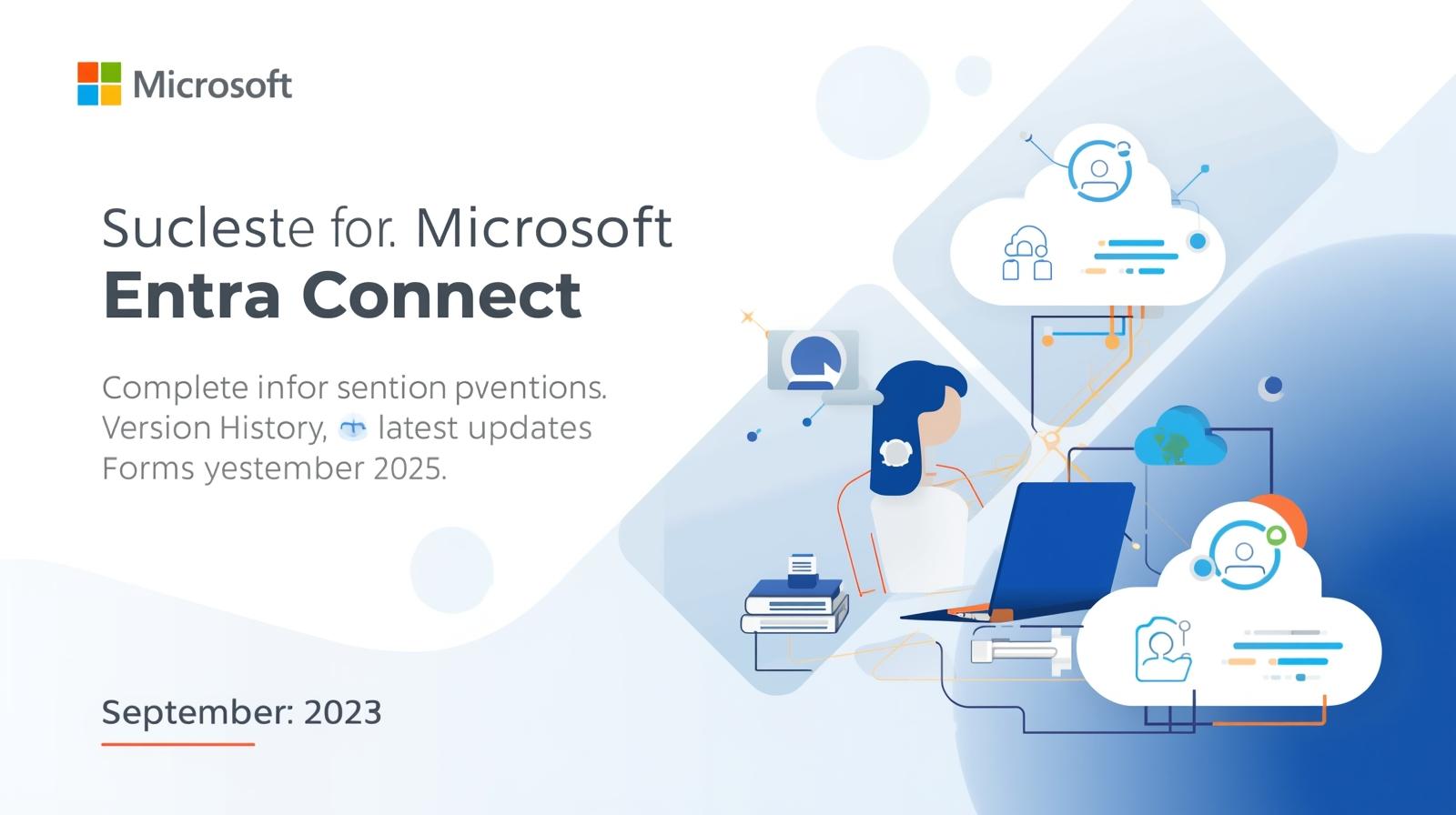
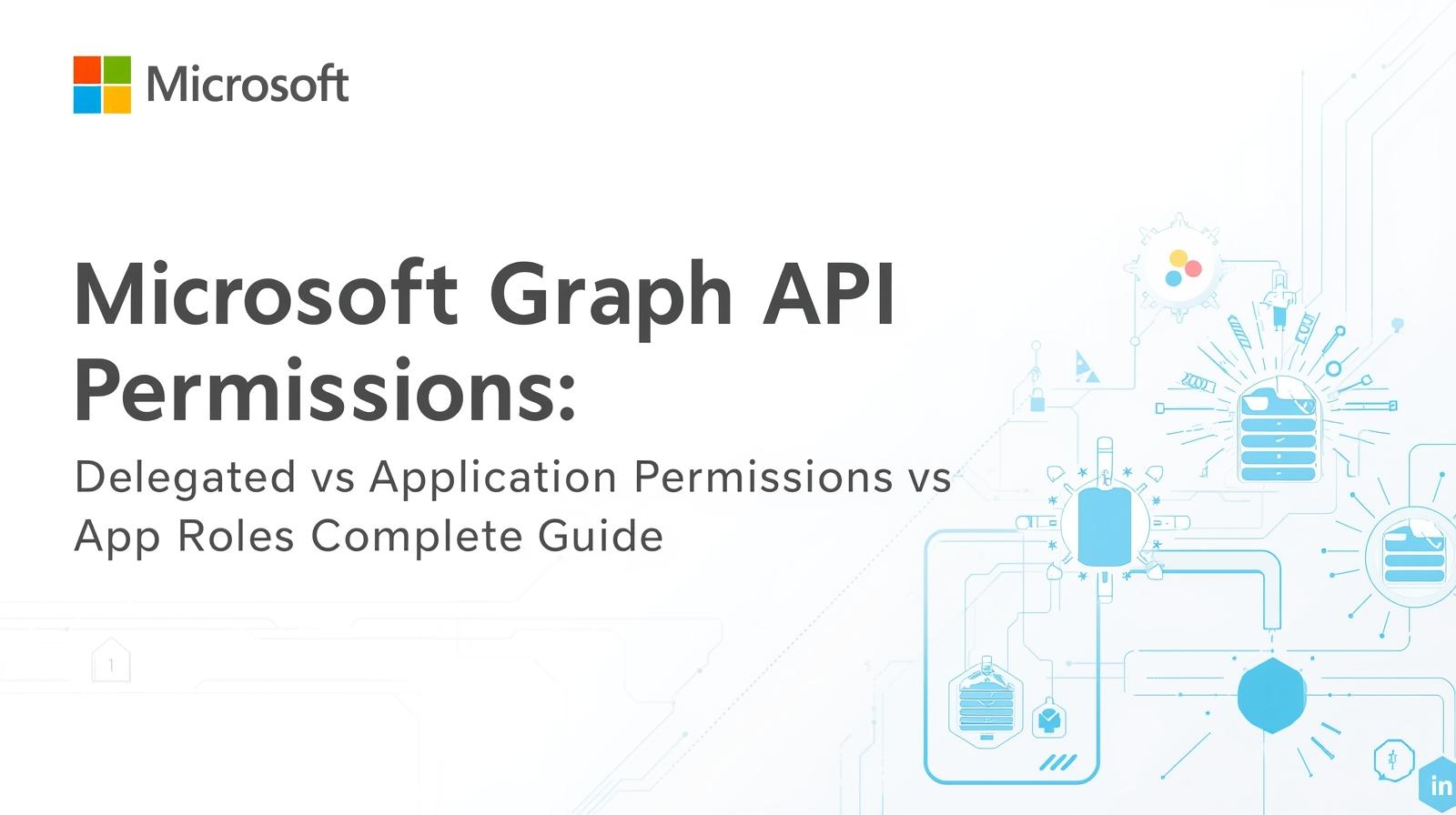
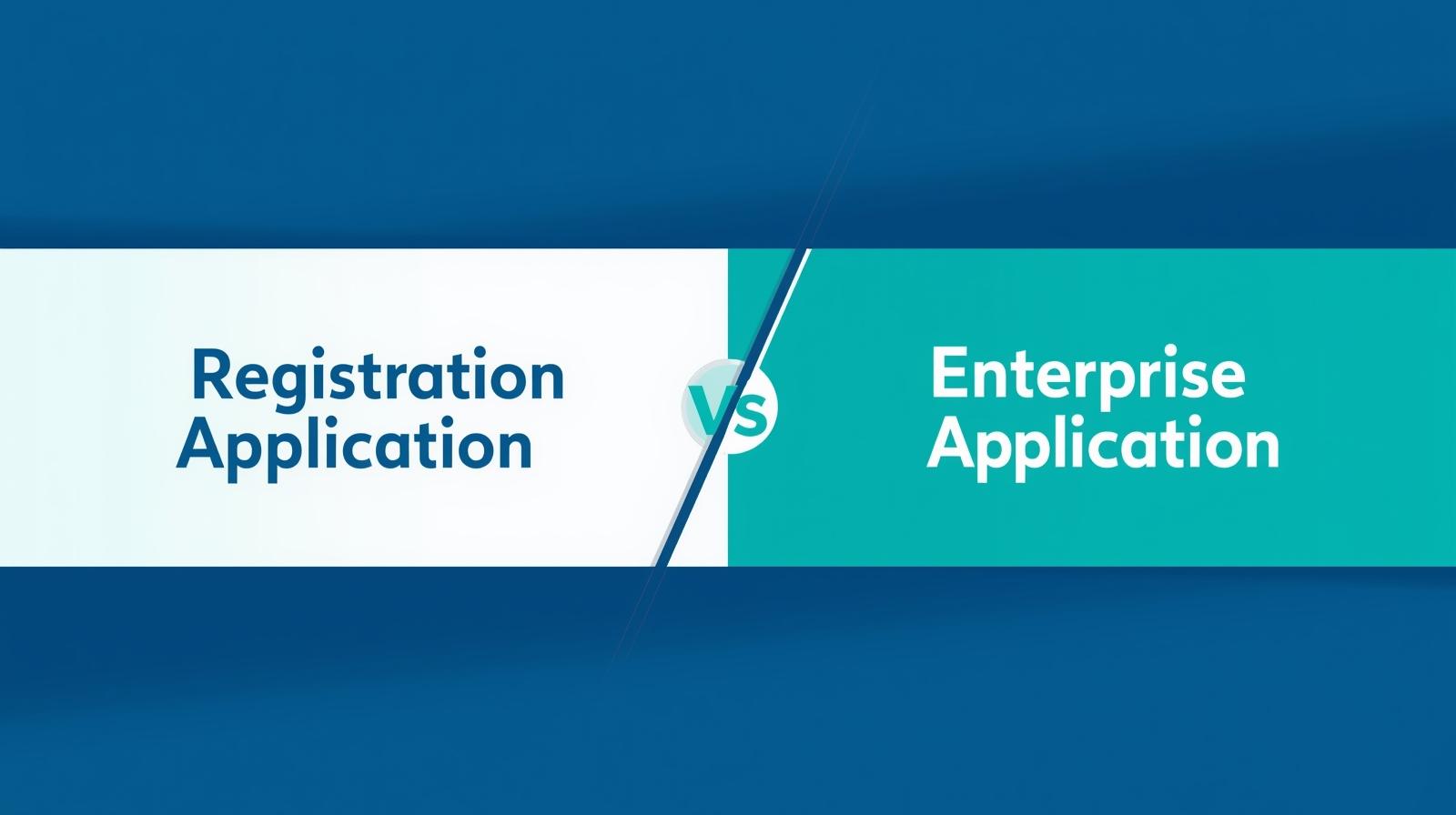
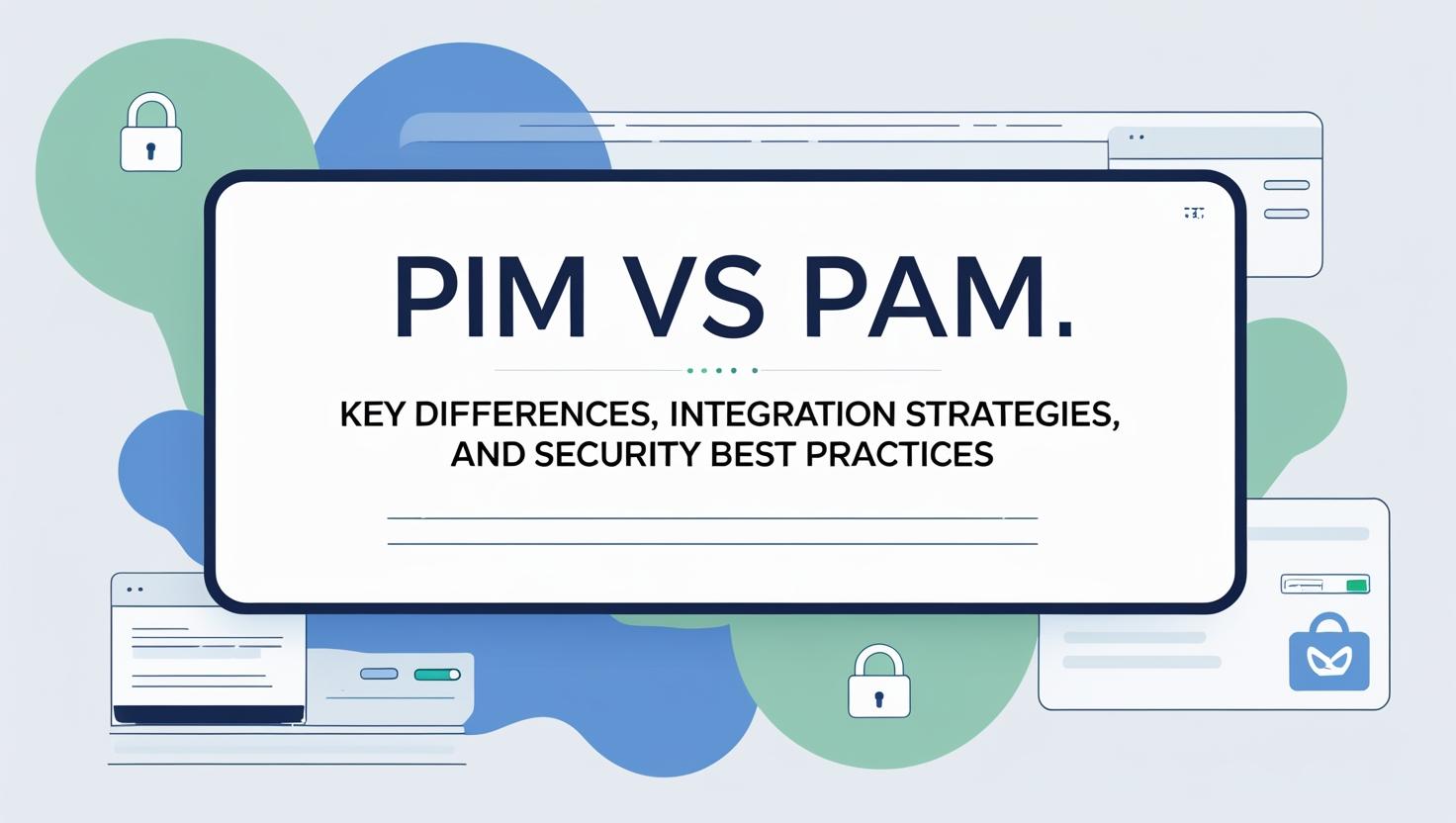
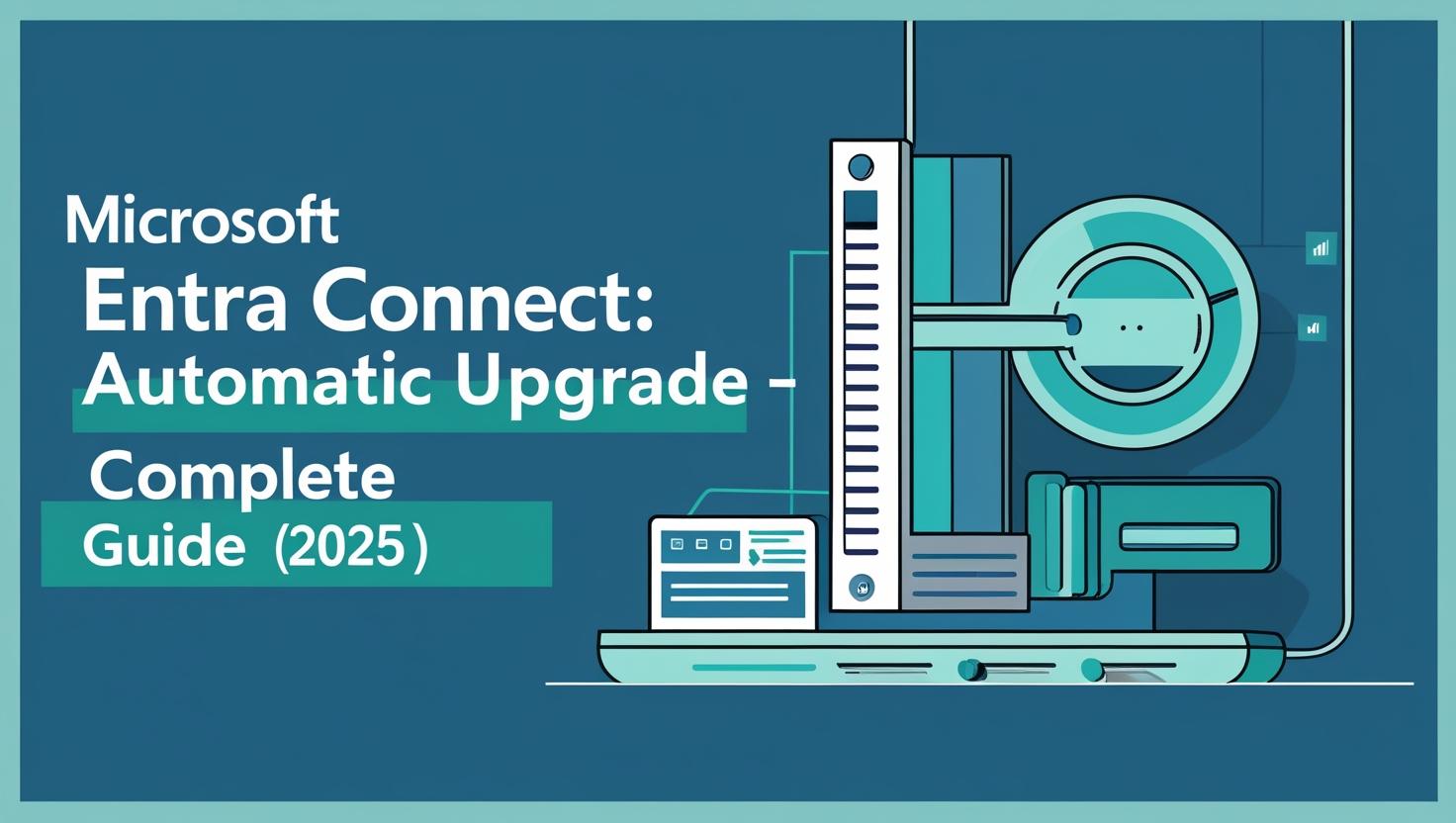





PowerShell Structures: The Knowledgeable way to Scripting Fundamentals - Cloud Knowledge
[…] While Loop […]